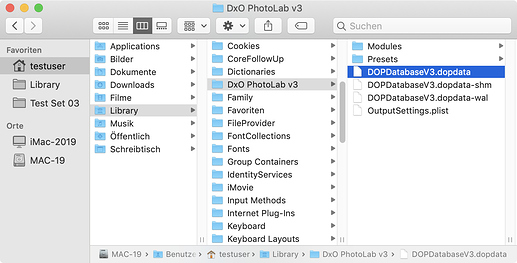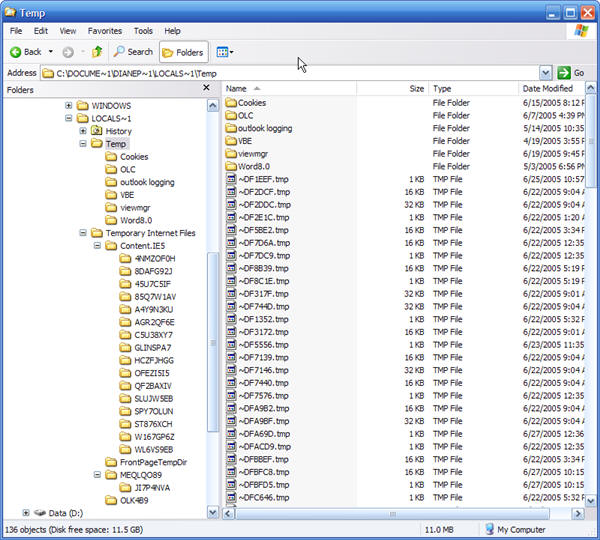

Specifically, you can apply keywords and search for images with specific keywords too. New in PhotoLab 5, though, is support for EXIF and IPTC metadata. It’s not Lightroom (opens in new tab) by any means, but for those who like to organize their images with physical folders it’s fine. First, it has an improved PhotoLibrary panel where you can browse your images by folders, carry out basic searches based on image parameters and even create virtual Projects (or albums). So let’s take a look at what DxO PhotoLab 5 can do from a workflow perspective. (Image credit: Rod Lawton) (opens in new tab) The DxO PhotoLibrary is a basic but effective image organizer, now with EXIF, IPTC metadata support and keywords.
#DXO VIEWPOINT FILE FORMATS SOFTWARE#
Both versions will correct lens distortion, chromatic aberration, corner shading and even edge softness automatically, but to get the perspective correction tools we now take for granted in other software for fixing converging verticals, for example, you need to get the DxO ViewPoint add-on, which is more again. What PhotoLab does not have built in is perspective correction tools, even in the Elite edition.
#DXO VIEWPOINT FILE FORMATS ISO#
Quite apart from anything else, it comes with DxO’s very effective ClearView contrast enhancement and its uncannily effective DeepPRIME noise reduction – which could completely change your mind about ‘acceptable’ ISO settings on your camera. PhotoLab 5 is sold in both Essential and Elite editions, but if you want the best that DxO’s raw processing can offer, we would recommend the more expensive Elite edition. Best laptops for photo editing (opens in new tab).Best monitors for photographers (opens in new tab).DxO Nik Collection 4 review (opens in new tab).Best photo editing software (opens in new tab).

One wonders how much longer they can continue in the digital market with this attitude, or will their cameras go the same way as their films, which were, definitely, much better than the competition but, simply too expensive.

Is their RAW format really any better than all the rest? Rather than fall in line with the rest of the world, they have insisted on ploughing their own lonely furrow. It would seem the same madness continues with their digital RAW format. Obviously Fuji weren’t happy with the losses incurred but, instead of reducing the price to make it competitive, they stopped production. Due to its high cost in relation other makes, I, amongst many, would wait until stocks expired and then buy them at a much reduced price. So, they were lumbered with thousands of packets, which they ended up having to sell off cheap, as they reached their expiry date, finally stopping selling it as well.įuji Neopan Acros 100 was the most amazing B&W film, with virtually no reciprocity and a tonality to die for.

The trouble was, nobody wanted to buy it because they had just stocked up several years worth of the old version. Such was the outcry that folks went out and bought chest freezers and stocked them with as much Velvia 50 as they could get their hands on.įuji noticed this massive increase in demand and responded by reformulating the film and relaunching it. Unfortunately, the day arrived when they were told it contained something nasty in its formulation, so Fuji announced it was halting production. I continue to use it only because I stocked a chest freezer with several hundred sheets of film, as soon as they announced they were stopping production.įuji used to make (IMO) the best colour transparency and B&W film but, they were always several orders of magnitude more expensive than everybody else.Īmongst some landscape photographers, one film was much loved - Velvia 50. I use Fuji film with my large format (5" x 4") film camera.


 0 kommentar(er)
0 kommentar(er)
